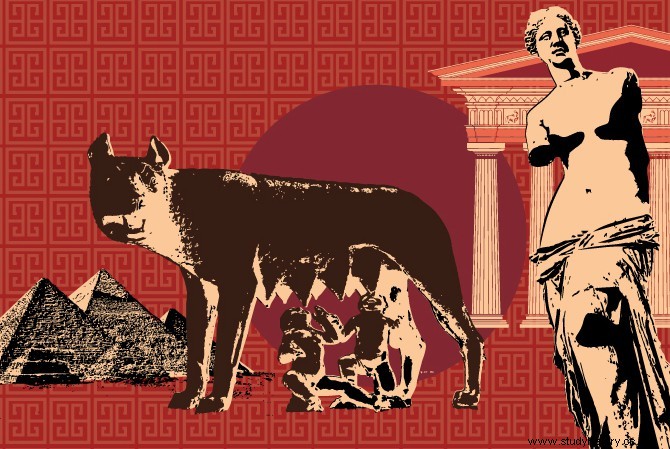
One day, to subdue her lover's pride, the queen tells him that she is capable of spending 10 million sesterces for a single dinner. The following night, she organizes a banquet, splendid indeed, but no more than usual. Comes the moment of the dessert. Cleopatra then asks for a cup of vinegar. She takes a very valuable pearl that she wears as an earring and throws it into the cup. She waits for it to dissolve and drinks, thus swallowing the promised riches. One of his advisors present will prevent him from doing the same with the other earring.
Is this story true? It could be an invention of Pliny to discredit Cleopatra, whom he calls a "prostitute" in the same passage. There are, however, arguments in favor of its veracity.
Pearls in Egypt?
Traditionally, pearls were not widely used in Egyptian jewelry. The Egyptians preferred brightly colored semi-precious stones set in gold. On the other hand, the taste for pearls was widespread in Rome in the I
st
century BC.
Soluble in vinegar?
Experiments have been carried out to find out if vinegar could dissolve pearls:it is possible, but not instantly. There was probably more than vinegar in Cleopatra's cup.
A digestive potion?
Some have suggested that the beverage ingested by Cleopatra was a digestive or an antacid taken at the end of the banquet. Although not proven, it is likely that this practice was adopted in Rome from India, where crushed pearls were used for this purpose.
